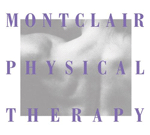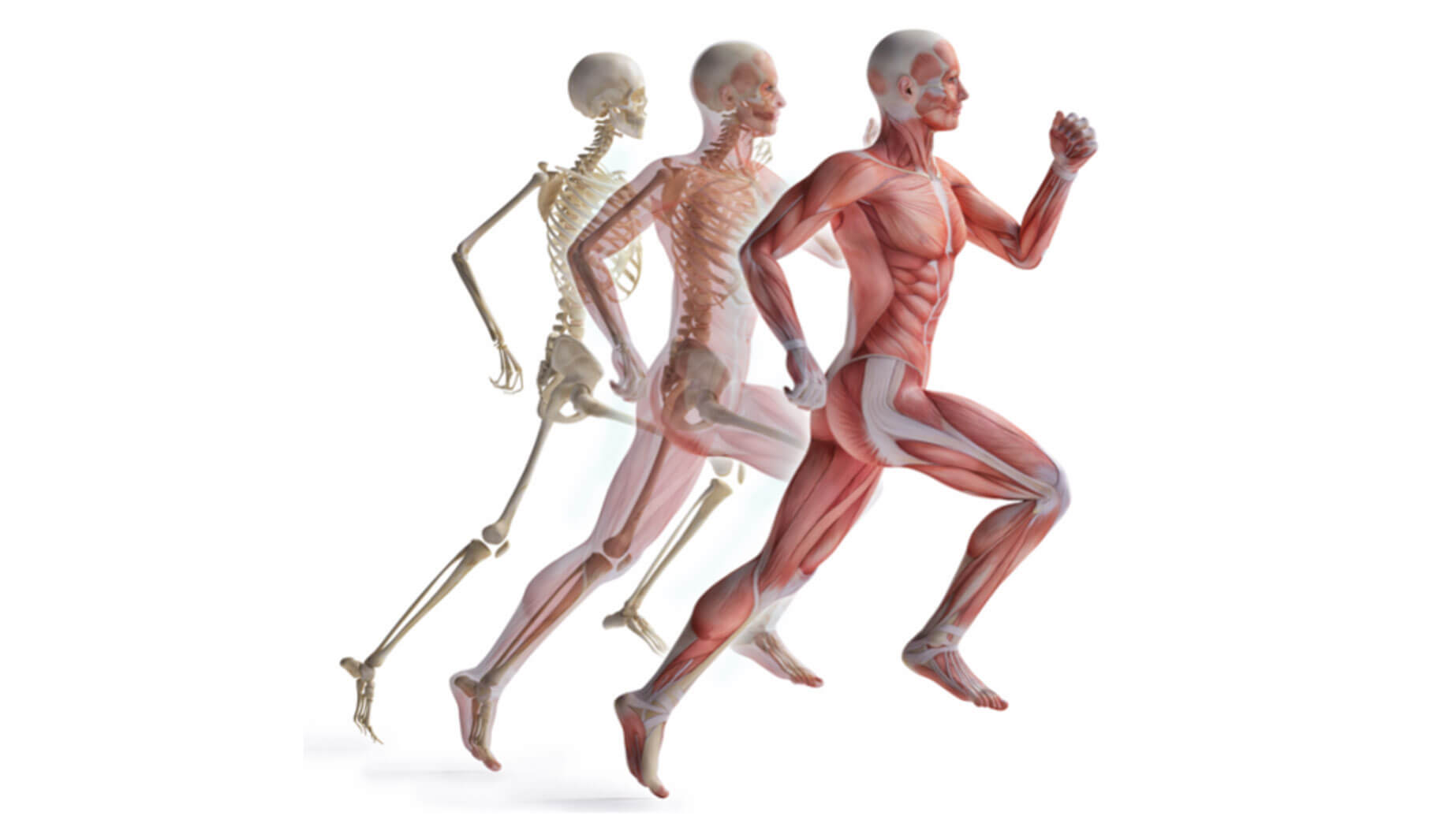Welcome To A Very Special Season
Over the past six months, I have seen a significant spike in adult musculoskeletal pain as a result of C-19-related inactivity. Physically passive behaviors include increased time spent on a computer, prolonged sitting, all-things-Netflix, etc.
Further, inactivity in youth portends lesser health and fitness as children mature. For older patients, lack of activity can lead, among other negative outcomes, to poorer balance and falls.
This is a great time to take or re-take control of your own (or children’s/parents) health and fitness, if you haven’t already.
Exercise In The Time of C-19
A Word To The Wise:
The Maladies Of Inactivity Are Far Worse Than The Maladies Of Activity
Did you know:
- The average annual cost per person for treatment of a musculoskeletal condition was $7,800 in 2011. The estimated annual cost for medical care to treat all forms of arthritis and joint pain was $580.9 billion, which represented a 131 percent increase (in 2011 dollars) over 2000.
- 1980-2011: Doubling of GDP on health care (8.8% to 18%)
- 1980-2011: Increase in government funding of healthcare from 31.1% to 42.3%
- Chronic disease accounts for 65% of U.S. healthcare spending
In prior newsletters, we have discussed the evidence in medical literature that regular physical activity contributes to the prevention of cardiovascular disease and many other chronic conditions, including, but not limited to osteoporosis, Type II diabetes, stroke, obesity and depression.
According to Warburton, et al (2006), exercise was associated with a reduced risk of premature death. In a study by Wannamethee, et al (2000), light or moderate activity was associated with a reduced risk of death from any cause among men with established coronary artery disease and that regular walking or moderate to heavy gardening “has been shown to be sufficient in achieving these health benefits.”
The researchers also found that maintaining an active lifestyle or taking up light or moderate physical activity significantly reduced the risk of cardiovascular disease and death from any cause among older men (with or without established cardiovascular disease).” This makes a compelling argument for regular exercise. For those who have been to Montclair Physical Therapy, you may have heard me say “the maladies of inactivity are far worse than the maladies of activity.”
If this is not enough to convince you, a 2013 Harvard Health Letter study reported that “overweight or obese people who engage in leisure-time physical activity can extend their lives by as much as four years, compared with similar-weight people who do no such activity…Even if you cannot meet physical activity recommendations (the equivalent of 150 minutes per week of brisk walking), any activity is better than none.” Dr. I-Min Lee, professor of medicine at Harvard Medical School, and one of the study’s investigators, stated that “even 75 minutes per week of brisk walking was associated with a gain of almost two years.”
A New Season Ahead
September is a time of transition and presents a fresh opportunity to get off the couch and away from the computer. For an in-depth description of the physiologic benefits of long-term exercise on the body, you can click on THIS LINK to our summer, 2015 newsletter.
Over the past three months, we have witnessed the staged re-opening of parks, golf courses and marinas. In the next week, we enter a new cycle that includes the re-opening of gyms. New Jersey and New York state officials have established varying procedures for operation. Use this ‘re-set’ opportunity to explore joining a gym if you haven’t been a member before, or to be inspired about how different health and fitness centers operate.
The More Things Change…
Over the years, I have talked at length regarding injury prevention while working out. In 2014 newsletters, I discussed CrossFit, Olympic weight-lifting and how to choose a safe gym/work out environment.
Now, in today’s new health environment, prevention remains a most important topic. Looking back over the past six years, the principles of choosing a safe workout environment, like the principles of working out safely, have not changed.
- Inquire about the expertise of the coaches at the gym where you will be training, including certifications and experience.
What is the gym’s philosophy on safety? - Inquire about class size (how many participants per coach). As the number of participants per instructor increases, the less likely the instructor will be able to adequately monitor your form. This increases the risk of injury.
- Is the space large enough to accommodate the number of participants? With a large number of participants lifting weights, swinging kettle bells and changing direction rapidly, an adequate amount of space is required to avoid injury. With mandatory C-19 restrictions in place, this is less of an issue than in prior years.
- Increasing weight magnifies the adverse effects of poor technique. Master technique at a lighter weight before increasing the resistance.
Remember, YOU must be in control and know your limits.
To this list, I would add the following: what infection control precautions does your gym have in place?
A well-designed gym, with experienced and knowledgeable coaches/training staff and a focus on safety, will provide you with a great fitness experience. Good luck and safe training.
As always, please reach out with any questions you might have. We are here to assist you with your exercise program, injury prevention and rehabilitation needs as you ramp up your activity. Our offices are open in Manhattan and New Jersey, and for those choosing telehealth services, we can provide you with effective care for most conditions in the comfort of your home or office.
References:
‘MDT’ (Mechanical Diagnosis & Therapy) and ‘McKenzie Method’ are registered trademarks of the McKenzie Institute International.


